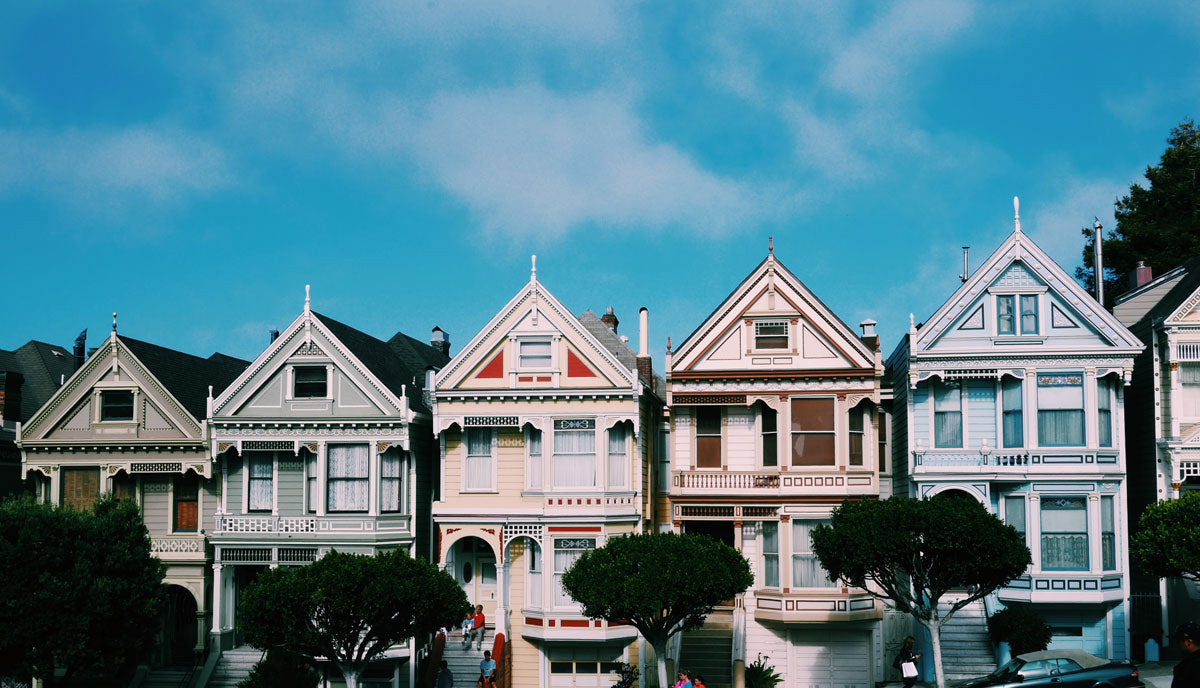Tourism trends are becoming increasingly more specific and travelers seek to discover the world through their particular interests. One of the growing trends is architectural tourism, which consists of discovering design gems in different destinations.
Architecture is characterized for having a constant and alive presence in our surroundings, which is different to other forms of art. It is one we can interact with and which we can even appropriate. It has an impact on people and at the same time speaks about the cultural and time context of the place where it is found. On the matter, John Urry, author of the book The Tourist Gaze, wrote that “architects and modern architectural practices have great importance in the construction of the tourist’s contemporary vision… tourists are socially differentiated and thus, they selectively observe those architectural styles which are different”.
Some of these spaces allow for visitors to interact with the place, whether through a restaurant inside of it or even spending the night is possible in some of them. However, there are others that may only be seen from the outside, which makes them no less attractive and in fact, they earn their place within the social media accounts of those who visit. Here are some of the buildings, which have gained popularity among architectural travelers.
Fallingwater
This extraordinary house, located in Laurel Highlands, Pennsylvania was designed by Frank Lloyd Wright in a way that one of the streams that run down from the Appalachians, named Bear Run, travels across the beautiful construction. The house was designed in 1935 in the middle of the woods with concrete and rock finishes. The stream that runs across the living room flows into a waterfall, whose relaxing sound can be heard from the inside. This space was home to the Kaufmann family until 1963, when it was entrusted to the Western Pennsylvania Conservancy. Since then, the house can be visited with guided tours between March and December. On July 7, 2019, this house entered the list of World Heritage Sites by UNESCO.
 Casa Batlló
Casa Batlló
Gaudí marked Barcelona’s architecture, yet this building located on Passeig de Gràcia is one of the most emblematic ones by the artist. The space belonged to the Batlló family in 1903 when Antoni Gaudí was commissioned with its remodeling. The façade is the most impressive part, inspired by the shapes of nature and brilliant colors. Also, he created a courtyard of lights on the first floor, a dragon-shaped dome on the rooftop, and the typical four-armed cross that sticks out to the exterior. Inside, organic shapes with curves stand out, both on walls and ceilings. The house declared World Heritage Site by UNESCO in 2005 is currently open to the public every day from 9 am through 9 pm. It now offers a smart guide consisting of a mobile device that allows people to discover details in the space in augmented reality.

Dancing House
One of the iconic buildings within Prague’s architectural history is this one, which opened its doors in 1992. Designed through a collaboration between Frank Gehry and Croatian/Czech architect Vlado Milunić, it stands out for its exterior with marked curves that seek to copy the movements of a dancing couple. The place, whose official name was the Nationale-Nederlanden Building, is popularly known as Dancing House or Fred and Ginger, since it is inspired by the famous duo conformed by dancers Fred Astaire and Ginger Rogers. The nine-floor building is unusually based on the deconstructive architectural style and plays with the concept of dynamism and static state. The two towers (the ones that mimic a dancing couple) have asymmetrical spaces inside. Both the interior and exterior caused controversy in the beginning, for breaking the city’s traditional aesthetics. It now holds a restaurant on the seventh floor (Ginger & Fred) and a 21-luxury room hotel. There is a terrace on the highest point where the city and castle can be enjoyed.

Painted Ladies
San Francisco has several emblematic spaces, worthy of being photographed, and one of them is this set of houses. On the streets of Hayes and Steiner, facing the Alamo Square Park, there is a set of Victorian houses that stand out for having multiple balconies, big porches, and are no taller than three floors. Even though they were built in the late 19th century, they were painted again during the 60’s in three or more colors to highlight the details in their design and a while later, some writers started referring to them as the “painted ladies”. Today, this is considered as one of the 11 historical districts designated by the Department of City Planning.

Nido de Quetzalcóatl
Architect Javier Senosian has dedicated to foster bio-architecture in Mexico, a style that seeks to achieve harmony between created spaces and the natural world. In 2007, he created a project on an irregular 5,000 m2 piece of land in the State of Mexico named Quetzalcóatl’s Nest, consisting of 10 apartments that begin in a cave, where he placed the mouth of a serpent and end in the water tank, where the rattle of the snake’s tail was set. In this way, it seems that the serpent enters and exits the land and the shape of the complex follows the colorful snake. The space means to adapt to the natural way of being of its inhabitants, reason why windows are circular, the connection with other rooms is achieved through tunnels (with no doors), there are natural light sources, and the peculiar shape of the rooms avoids sharp angles and edges. Even though it is open only for people who live in the apartments, others are available on Airbnb. Also, it is expected for an ecological museum to open in the surrounding are of Quetzalcóatl’s Nest.


